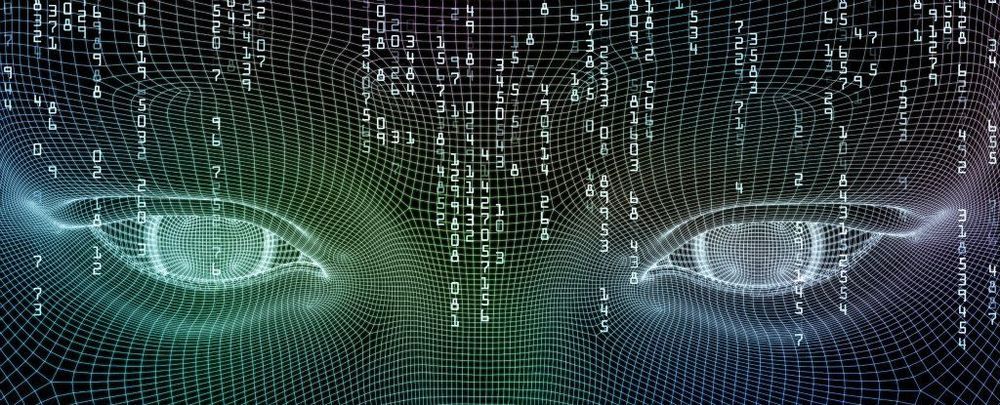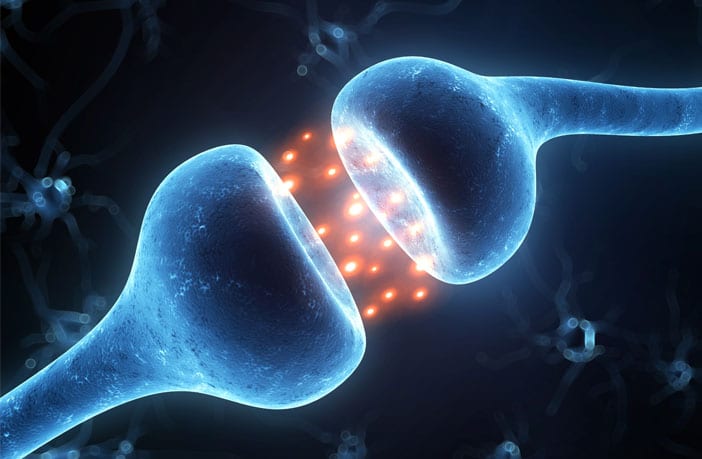Canada’s billionaire power couple, Gerald Schwartz and Heather Reisman, have donated C$100 million ($75 million) to the University of Toronto for an artificial intelligence complex.
The gift, from the duo behind private-equity firm Onex Corp. and Indigo Books & Music Inc., is the largest in the university’s history and biggest for Canada’s technology sector, said the academic institution. It will be used to build the Schwartz Reisman Innovation Centre starting this year.
“You’ve seen companies like Uber and Google and so many others starting to make real commitments to Toronto, and this is drawing people from around the world to come to Toronto to be part of this,” Schwartz, Onex’s founder and chief executive officer, said in an interview at Indigo’s headquarters in the city. “That legacy is going to last for a long time.”



